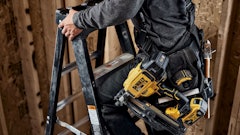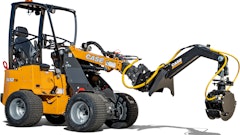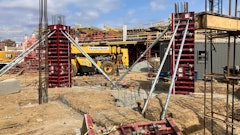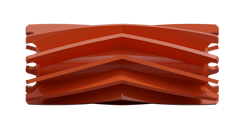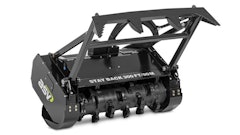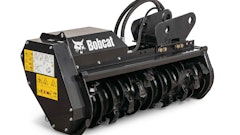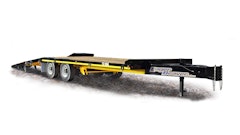In many parts of the country, the construction season is really ramping up. With commercial construction activity on the rise, and residential activity still within a healthy range, there will be little time for most contractors to pause until cold temps and inclement weather set in again.
Unfortunately, one of the areas that often suffers most during this busy time is preventive maintenance. Pressures to complete jobs on time or ahead of schedule — coupled with increasingly shorter project timeframes — can leave PM programs behind in the dust.
Preventive maintenance is critical to keeping equipment in good operating condition. Yet, one of the hardest parts of maintaining a successful PM program is conveying its importance to employees in the field. Daily inspection and servicing of the machine should be the operator's first priority before ever turning the key. And regular service intervals should be maintained as consistently as possible, even if it means bringing in a rental unit to keep the project moving. Make sure employees understand that scheduled service is ultimately far less costly than dealing with the consequences of unexpected equipment failure.
Because maintenance needs change over time, it also pays to periodically review your PM program to ensure it still meets your equipment needs. Robert Johnson, fleet management liaison for the National Truck Equipment Association, recommends evaluating the following five areas:
- Analyze your fleet maintenance records. Make sure you are tracking enough of the right information to make informed maintenance decisions. Records should include the make and model of the equipment, the date and the miles/hours at time of service and details of the service completed to specific components.
- Examine incidents of unscheduled maintenance. Look for possible trends. If a number of failures occur on certain units, assess whether adjusting service intervals could reduce these incidents. Perhaps certain machines are prone to problems with specific systems, or in certain operating conditions or applications. If so, consider developing a separate maintenance schedule for this equipment.
- Assess scheduling to consolidate service and inspections if possible. If a vehicle scheduled for PM three times per year has actually been in the shop six times, assess whether better scheduling could have reduced this number.
- Determine whether you could be doing a better job of predictive maintenance. Historical data from your service records should enable you to calculate the average service life for various components, and help you to anticipate when it's time to replace them.
- Evaluate how to tailor service intervals to the machine. Oil analysis can be an excellent tool for determining whether service intervals can be safely extended for certain machine types. It can also be highly valuable for tracking component wear trends over time.
Because maintaining equipment has become increasingly complex, also consider investing in decent maintenance tracking software, or even GPS-based equipment tracking systems, to help you manage your PM program. The payback in reduced downtime could make it well worth the investment.





